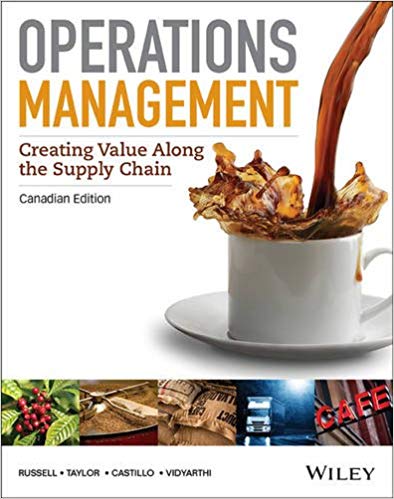Question
Linear optimization models can be applied to both physical and abstract network problems in supply chain management to increase efficiency in several ways: Inventory Management:
Linear optimization models can be applied to both physical and abstract network problems in supply chain management to increase efficiency in several ways:
Inventory Management: Linear optimization models can be employed to optimize inventory levels in a supply chain network. By considering factors such as demand variability, lead times, and holding costs, these models can determine the optimal quantity and location of inventory within the network. For example, the article by Samir Saci mentioned that linear programming can be used to determine how many trucks of different types to rent for a given period, thereby optimizing inventory management within a warehouse (Saci, 2023).
Transportation and Distribution: Linear optimization models are widely used to optimize transportation and distribution routes. They can help in determining the most cost-effective way to transport goods from suppliers to distribution centers and from there to customers. These models consider factors like transportation costs, vehicle capacities, and delivery schedules. This optimization ensures that goods are delivered efficiently, minimizing transportation costs while meeting customer demand.
Production Planning: Linear programming can be applied to optimize production planning and scheduling. It helps determine the optimal production quantities for different products in various facilities while considering constraints like resource availability and capacity limitations. This ensures that production is aligned with demand, reducing excess inventory and production costs.
These applications of linear optimization models not only improve the efficiency of physical supply chain networks but can also be extended to abstract network problems. For instance, linear programming can optimize decision-making processes within the supply chain, such as supplier selection, demand forecasting, and pricing strategies. By mathematically modeling these abstract network problems, supply chain managers can make data-driven decisions that lead to better efficiency and cost savings (Saci, 2023).
Reference:
Saci, S. (2023, August 31). Supply chain process optimization using linear programming. Medium. https://towardsdatascience.com/supply-chain-process-optimization-using-linear-programming-b1511800630f
JUSTIFY or agree/disagree with the writer or answer the Above. And do mention if you are justifying, agreeing, disagreeing or answering the above.
Step by Step Solution
There are 3 Steps involved in it
Step: 1

Get Instant Access to Expert-Tailored Solutions
See step-by-step solutions with expert insights and AI powered tools for academic success
Step: 2

Step: 3

Ace Your Homework with AI
Get the answers you need in no time with our AI-driven, step-by-step assistance
Get Started


